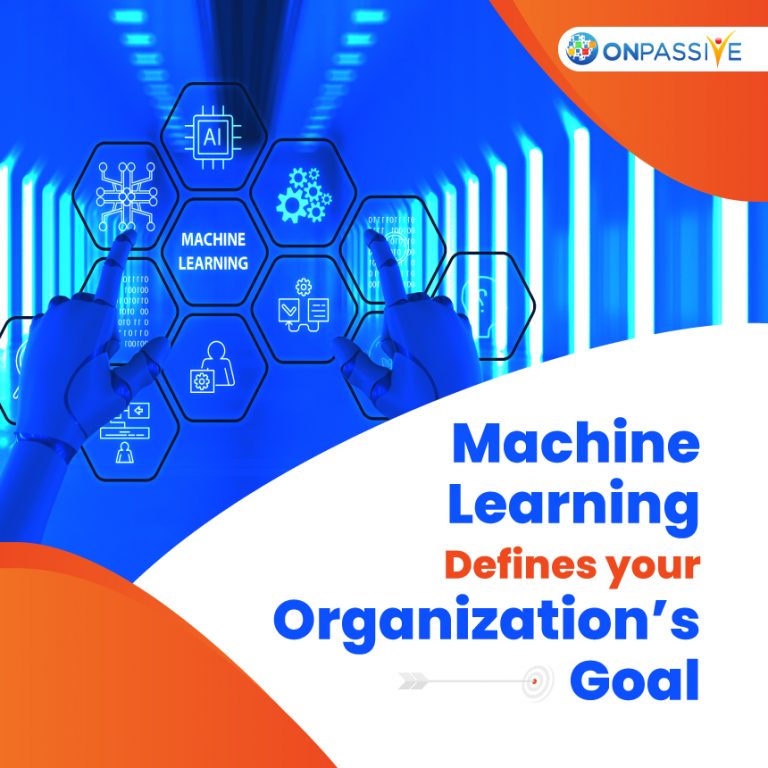
Machine learning initiatives are being implemented in a variety of industries for a variety of purposes. Predictive analytics, conversational systems, autonomous systems, goal-driven systems, and other technologies are included in these applications. If you want to get the most out of your company data and automate operations like never before, now is the time to implement a machine learning approach. Most businesses, on the other hand, are unsure how to use machine learning.
Despite the buzz around machine learning and artificial intelligence, many IT managers are unsure where to begin incorporating these functionalities into their computer systems.
Ways To Implement ML In An Organization
Let’s have a look at these six stages for putting machine learning into practice in businesses.
Machine learning demands planning and teamwork in any business. It all starts with a vision, then implementation, followed by ongoing monitoring and improvement, as with any technology insertion and/or transition.
● Organize A Change Management System
Due to a lack of effective change management practices, technology implementations frequently fail. Any large-scale modernization endeavour requires change management and training, and ML deployment is no exception. Examining business processes and re-engineering them in light of the new business model is part of change management. Furthermore, training programmes that include mission objectives, product features, and newly established business processes are essential for building collective support and awareness for the mission and its objectives, as well as increasing efficiency and utilization.
● Determine Your Company’s Goal
The first step is to figure out how machine learning may benefit your business. AI and ML software excel at automating mundane human jobs with little to no human interaction. You need to look for areas or processes wherein automation can best accomplish the work without any need for human interaction, resulting in increased efficiency.
● Specify The Data
Data is arguably the most crucial component for an ML application to succeed. The key to enhancing the accuracy of ML algorithms is to gather, store, and feed the system a large amount of reliable data.
● Processes For Data Management Must Be Set Up
Providing a starting collection of historical data for the machine learning system to learn from is required. Further, to train and enhance the model’s accuracy by constant data insertion is the key.
Infrastructure will be required to acquire new data from which to learn over time once the initial phase of model training is completed. Data requirements must be defined not just for collecting and storing data but also for ensuring that the data that is accessible is trustworthy and secure and that it is available in a continuous stream for continuous development.
● Using Valuable Data For Model Training
You can use it to train machine learning models using various approaches and algorithms when you have the data. Model training, model hyperparameter setting and adjustment, model approval, ensemble model creation and testing, method choosing, and model advancement are all required at this stage.
● Roles And Responsibilities Should Be Established
Any effective technology adoption necessitates a strategic management function, defined roles and responsibilities, and cultural integration throughout the corporate landscape. Begin by forming integrated solution teams, including members from IT, marketing, sales, and other key stakeholders who will meet regularly throughout the project to assess progress and ensure sufficient coordination with their respective groups.
Conclusion
Businesses must carefully anticipate and manage technological disruptions, and machine learning is no exception. If you want and get the most out of your company data and automate operations, now is the time to implement an ML approach. The methods outlined above will assist your company in taking the initial step toward an ML implementation that addresses cultural implications while still delivering economic value.
For learning more about the usage of machine learning in an organization, contact ONPASSIVE.


